Be amazed by ancient Egyptian mummy art
The earliest Egyptian mummies discovered date before the pharaohs, to the period around 5500-3100 BC, some are in excellent condition, with hair, skin and even fingernails still intact intact.
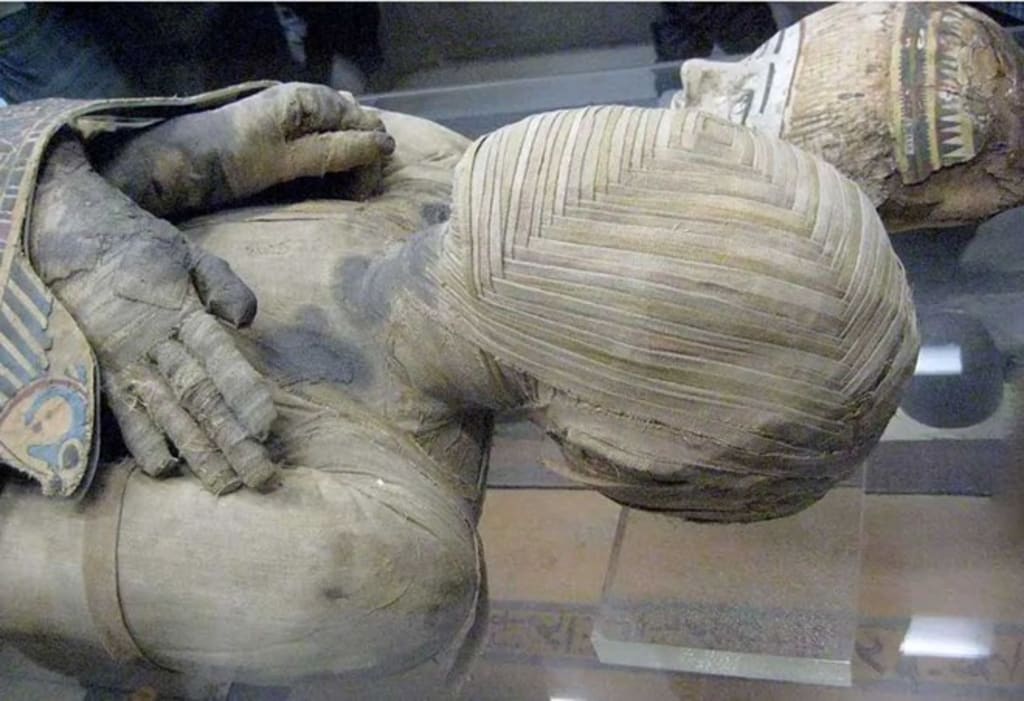
Why did the Egyptians mummify their dead?
The ancient Egyptians believed that each person has a soul. Even after death, a part of a person's soul will forever be attached to the body. Therefore, preserving the body with the purpose of retaining the soul is extremely important to the Egyptians.
However, the answer to why the Egyptians mummified may lie in one of the oldest myths of ancient Egypt. The god Osiris, a primordial pharaoh , was one of the most important gods in the ancient Egyptian pantheon.
He was murdered by his jealous younger brother, Set, and usurped the throne. Pieces of his body were scattered throughout Egypt. Osiris's wife, Isis, sought to restore her husband's body, using her magic and reviving Osiris long enough to conceive their son, Horus.
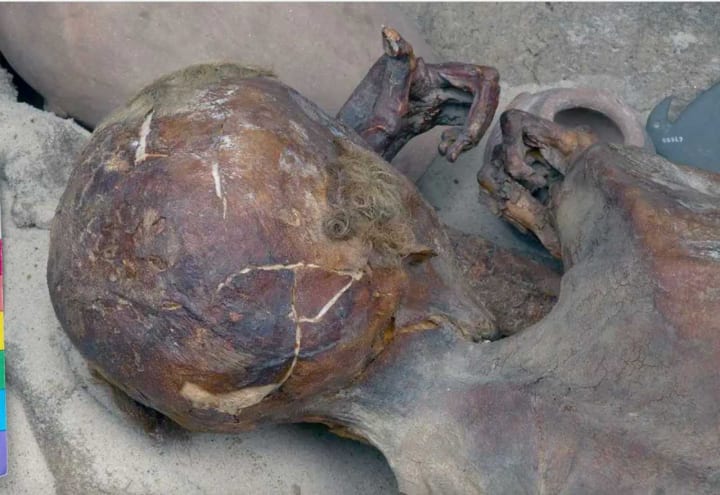
Thus, Osiris became a symbol of life and rebirth, as well as a symbol of the deceased king. His white bandaged body, green or black skin symbolize fertility and rebirth, and his royal attire mark him as the first to die, the first to be reborn.
Who gets embalmed?
Not all ancient Egyptians were mummified because it was an expensive, time-consuming process and not everyone could afford the entire process. There are many different options for embalming and the varying skills of embalmers, as well as factors such as climate, mean the results are not always good.
Of course, the best materials and special attention belonged to royalty and the upper class, but the lowest classes of society often performed the simplest burials, and many were not allowed at all. embalming.
Those who are embalmed can rest assured that their earthly remains will be transformed, according to the tradition of Osiris, and fully reborn in the afterlife.
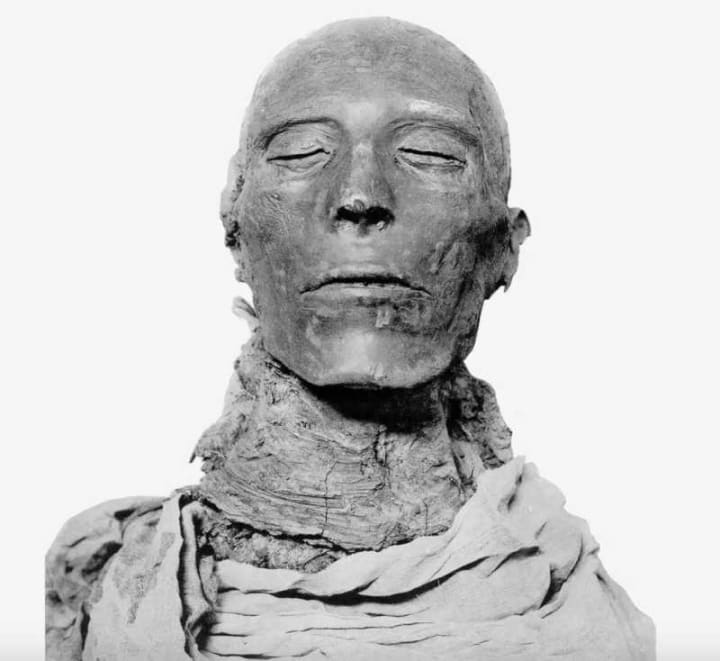
The mummification process
According to The Collector site, embalming is a lengthy and elaborate process, and the art of embalming requires mastery of skill.
The mummification process usually lasts about 70 days, starting with removing the brain and other internal organs such as the lungs, liver, stomach and intestines, which if left will accelerate the decomposition process.
They were placed in separate jars, called canopic jars. The heart was often left behind because it was believed to hold a person's memories, emotions, and record their actions in life.
The body is then cleaned and marinated with palm wine, spices, and natron (a natural salt) for the necessary time to speed up the dehydration process.
Next, the body is washed and wrapped in strips of linen, often with charms placed between the layers, then secured with resin, which preserves the shape and integrity of the body, while inhibiting bacterial growth.
A cheaper and simpler method of emptying the body cavities is to use a cedar oil enema to remove the internal organs, followed by natron salting. The body can then be wrapped or returned to the family in its original state.
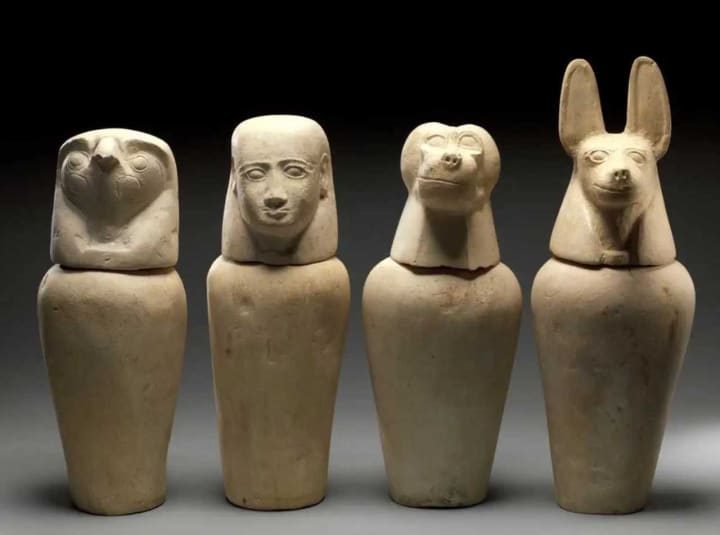
Over time, some details appear to have changed. For example, sometimes, the heart is removed, the brain remains in the skull, or the internal organs are processed, wrapped, and left in the body. However, the basic practices appear to have remained largely unchanged.
Tools and materials used for embalming
Natron salt is mainly sourced from Wadi Natrun, northwest of Cairo. Fragrances with medicinal properties and oils include pine, cedar, cinnamon and fennel oils. The main incision to remove the organs is in the side, cut with a sharp stone. There are also bronze tools such as knives, tongs...
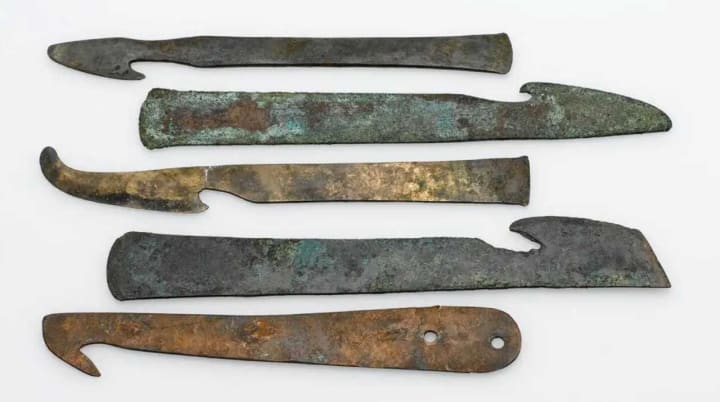
Before making incisions to remove organs, people use a long skewer made of metal, reed or wood, driven into the skull from the nostril and stirred until the brain marrow flows along the nose out.
Smaller linen-wrapped packets of natron salt help fix the body's shape and dehydrate it. This process is performed in an embalming workshop.
When the process is complete, the remaining materials are buried.
About the Creator
HK Decor
Telling stories my heart needs to tell <3 life is a journey, not a competition
If you like what you read, feel free to leave a tip,I would love some feedback
https://sites.google.com/view/hk-decor/trang-ch%E1%BB%A7
Enjoyed the story? Support the Creator.
Subscribe for free to receive all their stories in your feed. You could also pledge your support or give them a one-off tip, letting them know you appreciate their work.



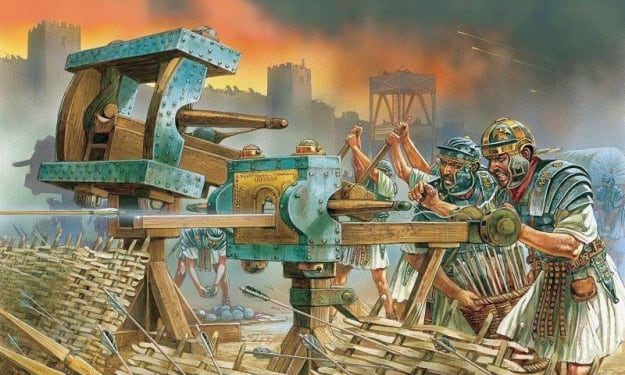


Comments
There are no comments for this story
Be the first to respond and start the conversation.